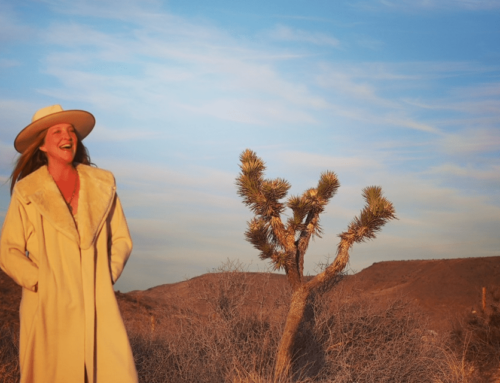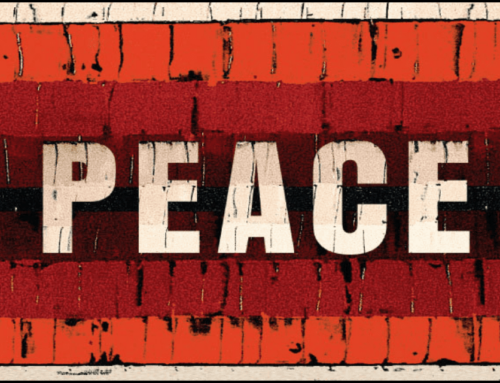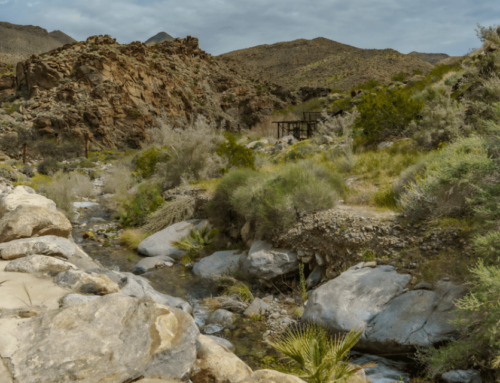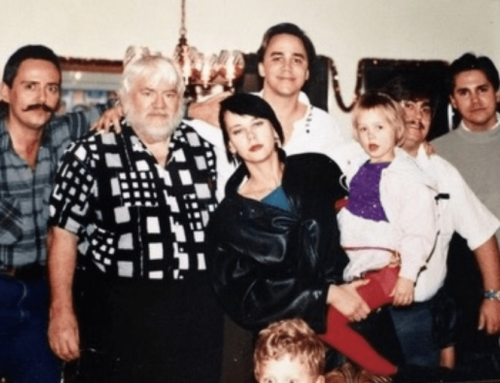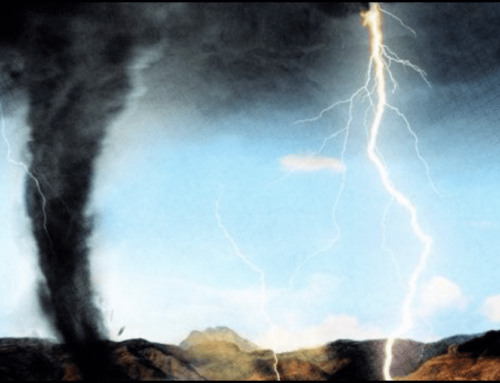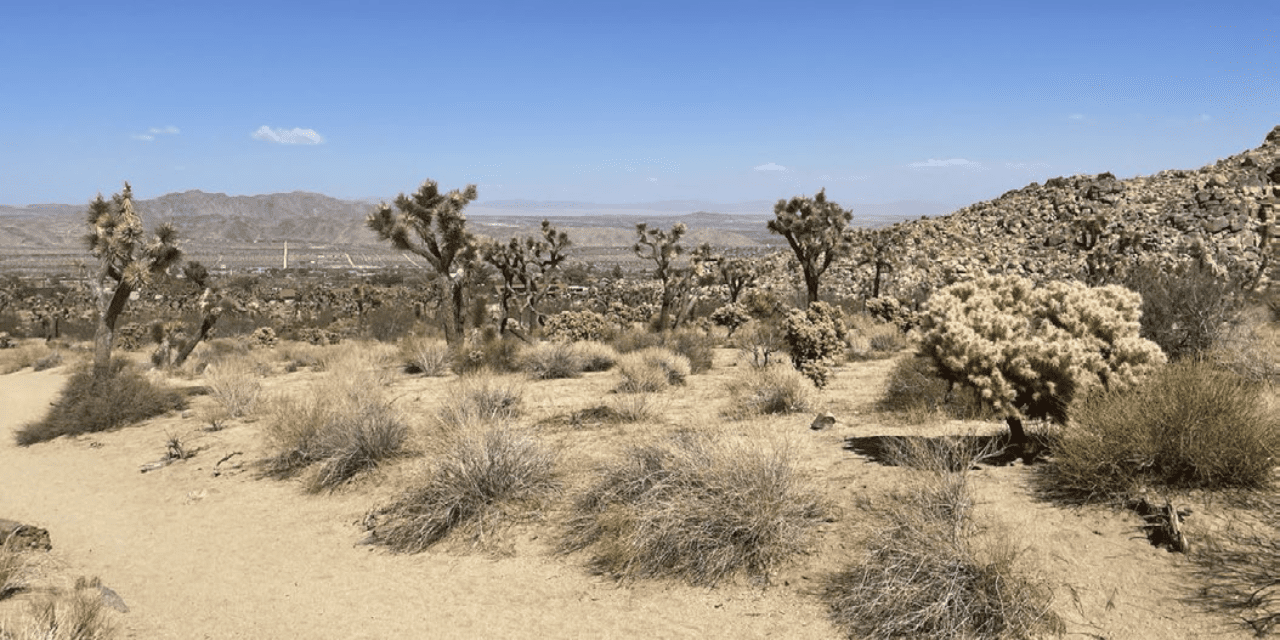
Joshua Trees’ Quest to Gain Protection Just Got Longer
By Caleigh Wells, Published with permission from KCRW
By the year 2100, 80% of the iconic plants will be gone in the national park that straddles the Colorado Desert and the Mojave Desert, according to recent studies.
Warmer, dryer weather conditions have helped create larger wildfires that kill millions of Joshua trees.
The California Fish and Game Commission delayed the decision again today over whether to grant state protection to the western Joshua tree.
The petition to protect the plant under the California Endangered Species Act (CESA) was submitted in 2019. If it is listed, it would be the first species to earn protection in the state because of climate change.
But the process has been contentious. And even when the decision is made, the fate of the plant is far from sealed.
HOW TO SAVE A TREE
A member of the public must make a case to the California Fish and Game Commission that a species needs protection. In this case, the case is over the western Joshua tree, which primarily grows in California.
Their champion is Brendan Cummings. As conservation director for the Center of Biological Diversity, he’s litigated plenty of endangered species’ cases. “Fifteen or so years ago, I did the … litigation that forced the Bush administration to protect the polar bear under the Federal Endangered Species Act.”
But this species is personal. He’s got dozens of them in his backyard in the town of Joshua Tree. “If you look around us here, the adult Joshua trees we’re seeing were recruited into the population under a climate that no longer exists,” he says.

But the case he’s making isn’t easy. Millions of these trees are still spanning thousands of square miles. Listing a species means businesses and residents must either avoid killing it if possible, or move it, or pay a fee if it must be killed. With so many trees left, that could be burdensome.
Kelly Herbinson says it’s worth the trouble. She’s the co-executive director of the Mojave Desert Land Trust, whose whole mission is to set aside acres of desert habitat for preservation.
“What we’re seeing right now is unprecedented. This is serious. And I don’t know that that’s always obvious if you’re not doing this every day and working on the land every day,” she says.
At lower elevations, the western Joshua tree is facing the effects of the worst drought in more than a thousand years. “If you were to go to, say, the West Mojave, or even areas nearby where the drought has been really bad, I mean, they’re mostly brown,” she says.
In its middle elevations, the Joshua tree has been separated into small island habitats by decades of development as the human population in the desert continues to grow. That cuts off genetic flow between populations and creates problems like what LA’s mountain lions are facing.
And then of course, at its middle and higher elevations, the Joshua tree is facing a threat it rarely encountered before: increased wildfire.
Publisher’s note: Thank you to Caleigh Wells and KCRW for permission to publish this article. Find the original article at https://www.kcrw.com/news/shows/greater-la/la-city-council-climate/joshua-tree
Photos by: Caleigh Wells



